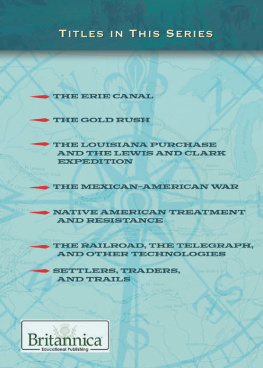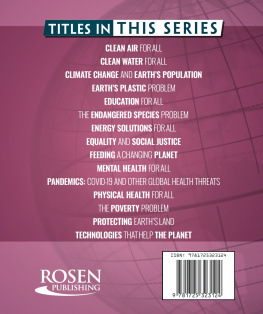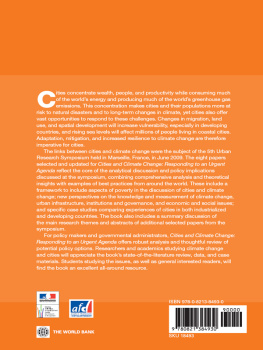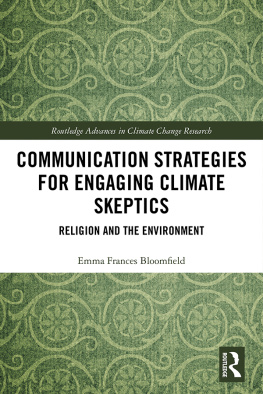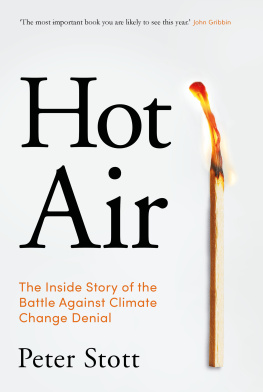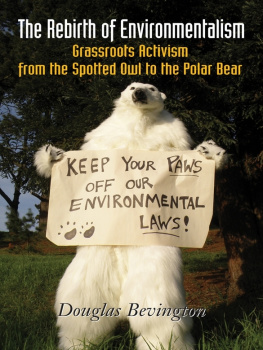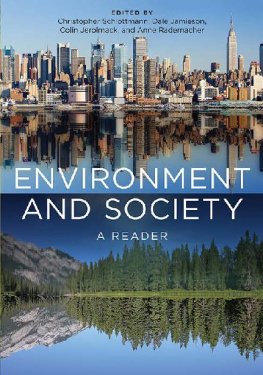
For Lucy and Amanda
Published in 2020 by The Rosen Publishing Group, Inc.
29 East 21st Street, New York, NY 10010
Copyright 2020 by The Rosen Publishing Group, Inc.
First Edition
All rights reserved. No part of this book may be reproduced in any form without permission in writing from the publisher, except by a reviewer.
Library of Congress Cataloging-in-Publication Data
Names: Wolny, Philip, author.
Title: The fight for the environment / Philip Wolny.
Description: First edition. | New York, NY: Rosen Publishing Group, 2020. | Series: Activism in Action: A History | Includes bibliographical references and index.
Identifiers: LCCN 2018016611| ISBN 9781508185505 (library bound) | ISBN 9781508185499 (pbk.)
Subjects: LCSH: EnvironmentalismHistoryJuvenile literature.
Classification: LCC GE195.5 .W65 2020 | DDC 333.72dc23 LC record available at https://lccn.loc.gov/2018016611
Manufactured in the United States of America
On the cover : Activists fight for the environment in various ways, such as by participating in Earth Day events around the world (top) and partnering with like-minded volunteers to rid our coastlines of debris (bottom).
CONTENTS
INTRODUCTION
A bout 41 miles (66 kilometers) off the Louisiana coast in the Gulf of Mexico, the Deepwater Horizon oil rig was leased to BP (British Petroleum) and had a crew of more than one hundred. On the evening of April 20, 2010, a massive gas explosion killed eleven workers, injured seventeen more, and began the worst maritime oil spill in history. Thousands of square miles of ocean were affected, with massive amounts of oil washing up on Gulf shores. Marine life was imperiled, and the livelihoods of fishermen and shrimpers were affected for months, as more than a third of all government-controlled waters were closed. Oil workers also suffered because a moratorium put a stop to oil drilling in the region.
The BP oil spill was just one example of the environmental and economic damage that can occur when hunting for fossil fuels. The destruction angered many longtime activists who were dedicated to fighting for and protecting the environment for current and future generations. It also angered newer, younger activists who were ready to speak up and take action for the environment. Energized, they pulled together in their activism.

United States Fish and Wildlife Service biologists catch a pelican for cleaning in June 2010 in the aftermath of the massive BP Deepwater Horizon oil spill in the Gulf of Mexico earlier that year.
Environmental activism has a long and rich history, with many people and organizations working in different ways to gain ground. Scientists and those studying climate change try to convince governments to end destructive policies and to encourage businesses, including oil, gas, and coal companies, to pollute less. Protesters try to prevent new pipelines and other possibly damaging projects from being built. One such example is the famous Dakota Access Pipeline protest, staged by indigenous Native American activists and their allies. Beginning in 2016, hundreds (and sometimes thousands) of activists participated in sit-ins to protect the water supplies of the Standing Rock Indian Reservation. Many were attacked and injured by law enforcement agents and private security contractors, while others were charged for crimesunfairly, according to environmentalists and human rights groups.
Throughout the world, organizations like Greenpeace, the Sierra Club, and the National Audubon Society use their political influence and the support from millions to make a difference for the environment. At the same time, smaller, more aggressive activist groups work at the grassroots level, protesting projects they think will endanger their cities, towns, and neighborhoods. Newer environmental activists, especially in the so-called Global South, represent communities and people in the poorer, more developing nations of Africa, Asia, and South America. They use more radical and innovative efforts to expand the environmental movement and tackle local concerns that challenge governments, businesses, and communities to do better.
From fighting the causes of climate change, to changing government and corporate policies, to putting their bodies on the line, environmental activists have made great strides and worldwide headlines. As they work tirelessly to help save our planet, let us take a look at where the fight for the environment began, how it has developed, and where it will take us as the stakes grow even higher.
CHAPTER ONE
EARLY ENVIRONMENTALISM
P eople have sought to preserve, restore, and improve their natural environment for as far back as history records. Ancient civilizations, from the Greeks to the Indians and Chinese, have felt compelled to protect the natural world. One of the earliest environmentally minded projects was waste disposal. Early peoples did not need to feel a kinship with the earth to know that getting rid of sewagewastewater and human excrementwas in everyones best interest. As populations grew, sewage and garbage began filling the streets. Overcrowding and uncontrolled waste resulted in community-wide illnesses.
Among the earliest recyclers were the ancient Romans, who reused glass, and ancient Egyptians, who repurposed letters and legal documents made from papyrus into burial wrappings for mummies. Ancient Romans, however, were of the mind that humans should dominate the world around them. They believed that natures best use was to improve human lives and conditions, and protecting animals and the environment was a secondary concern. Some scientists and writers, like population biologist Paul. R. Ehrlich and his wife, author Anne H. Ehrlich, point out that Rome paid for its attitude toward the environment. They wrote in Mother Earth News, The Romans hit hard at their environment but it struck back! Deforestation, the depletion of soils, and the exhaustion of mines were all factors in the fall of Romes Empire.
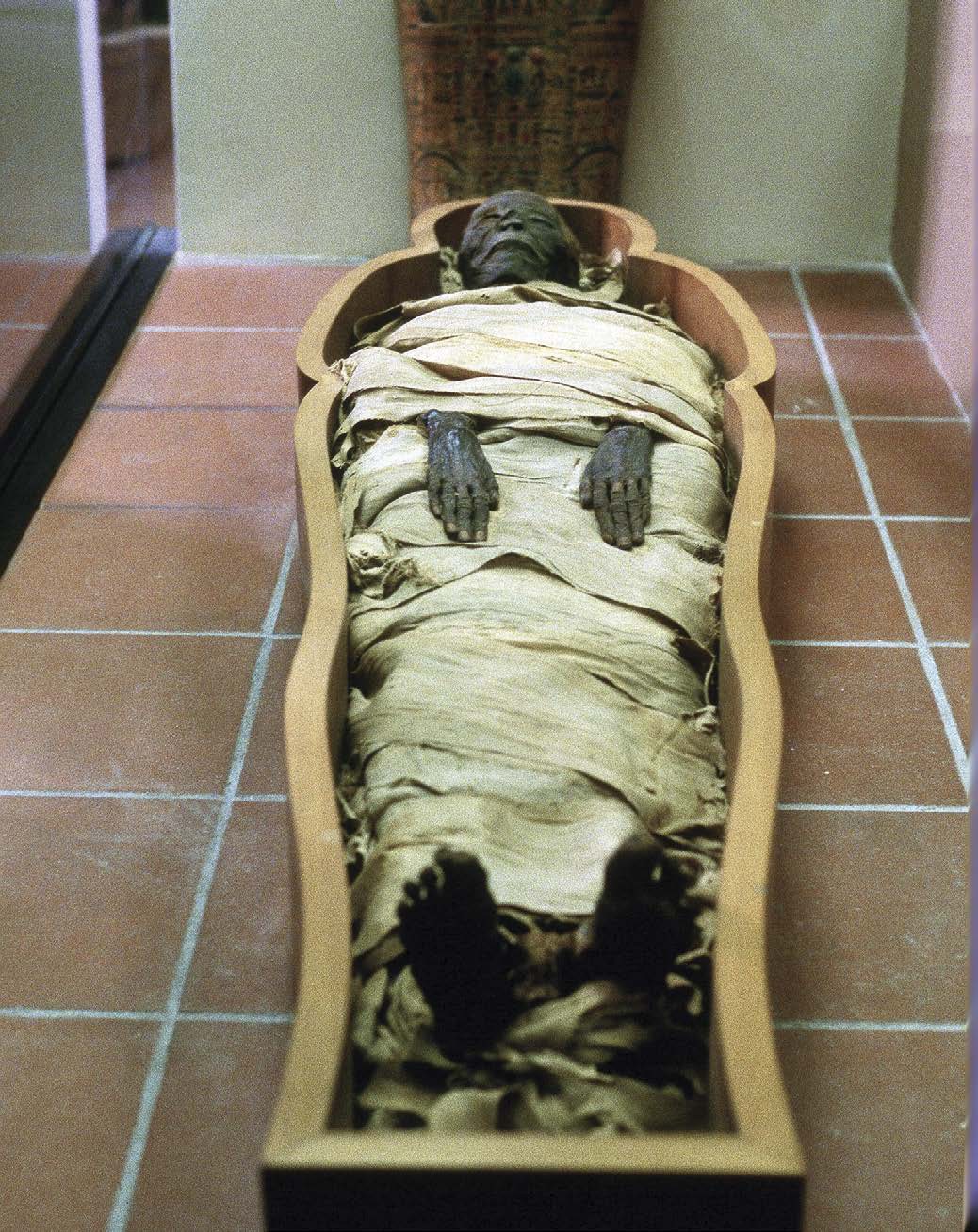
One might not connect ancient Egyptian mummies, like this one at the Vatican Museum, with recycling, but many historians now believe at least some wrappings for the dead included repurposed materials.
ROMANTICISM AND THE BIRTH OF CONSERVATION
A movement called Romanticism took shape from the second half of the eighteenth century and into the nineteenth. It began mostly in Europe as a reaction to the uncertainties sparked by the Industrial Revolution, a period of time in which machines mass produced goods. Many people were nervous about the growth of factories, its noise, and the inhumanity of mass production and other phenomena of the industrial era, including pollution and deforestation. Plus, coalfired factories spewed toxic smoke into the air, reaching hundreds of cities and towns across England. Romanticism moved away from this and towards emotion and individuality. It encouraged a love of nature, rooted in nostalgia for the past.
The movement affected intellectual thought, literature, and the creative arts. Romantic writers idealized the unspoiled wilderness, and artists featured natural landscapes of mountains, hills, and forests.
The pollution of the Industrial Revolution also affected the United States as it grew into an industrial power. Movements aimed at social and political reform were established in the nineteenth century, including a conservation movement to preserve natural beauty. In her writings for the National Park Service (NPS), Ann E. Chapman described three types of conservation that environmental historians say arose in the 1800s: utilitarian, preservationist, and wildlife habitats. Utilitarian conservation protected natural resources because it was the smart thing to do and it offered short- and long-term benefits. Preservationist conservation protected the scenic beauty of nature for everyones enjoyment. Wildlife habitats protected natural areas for animals and plants.
Next page







